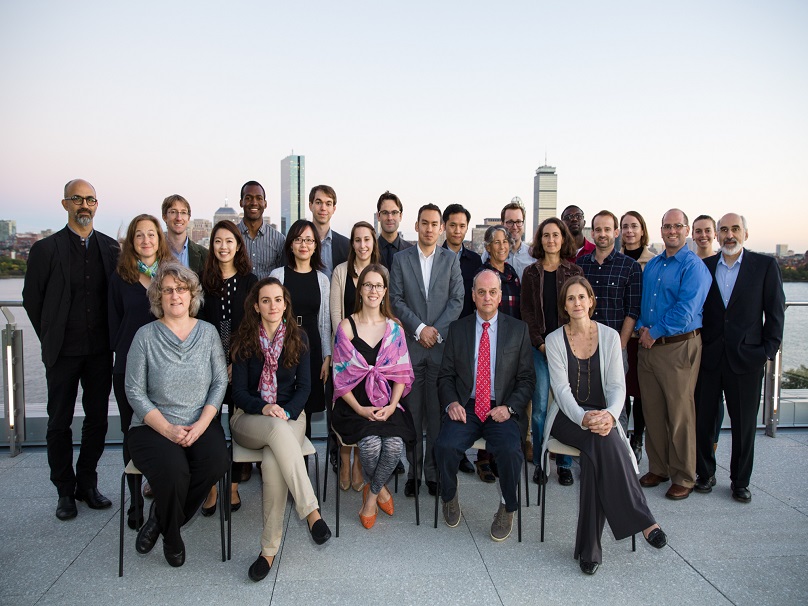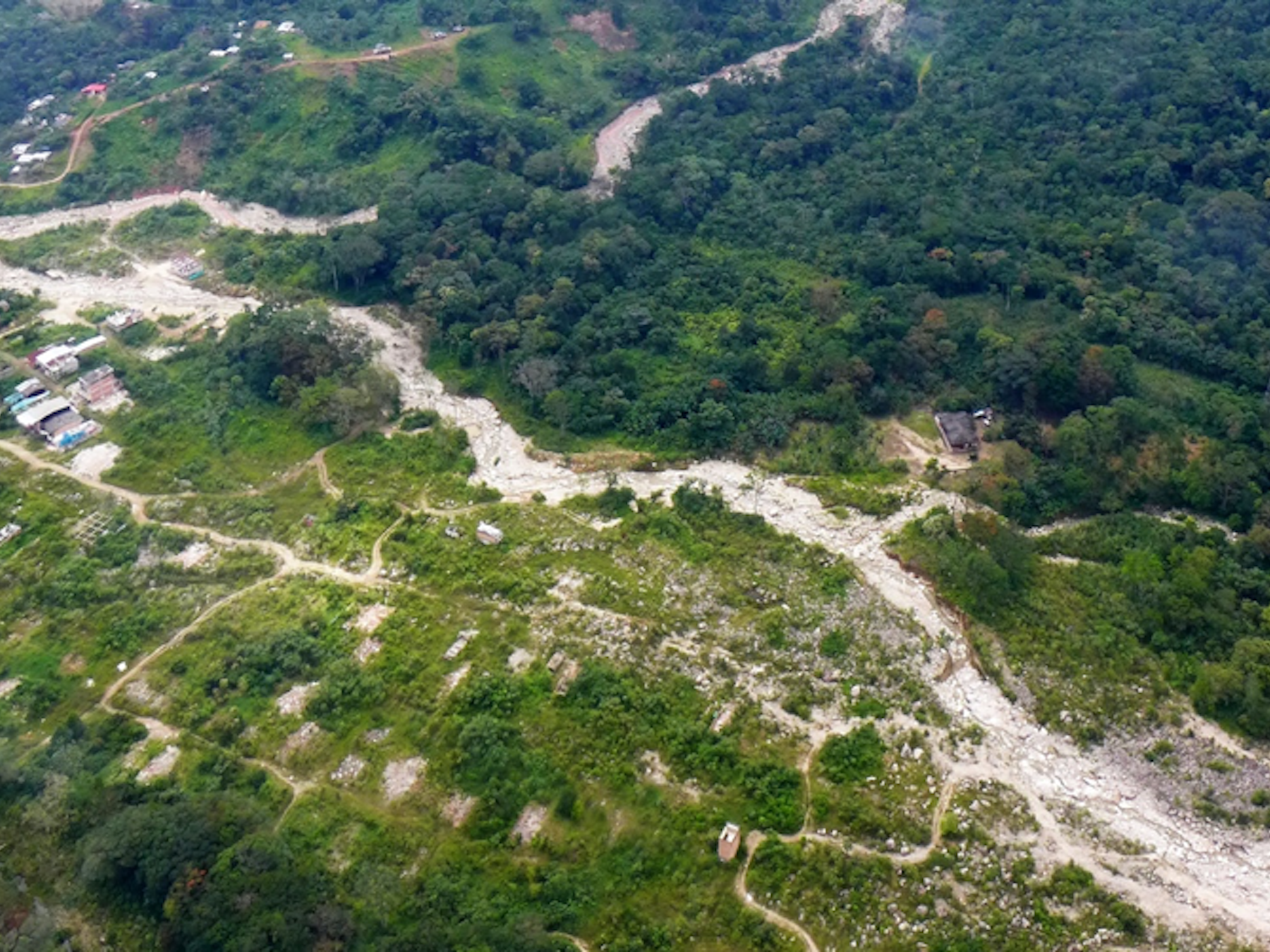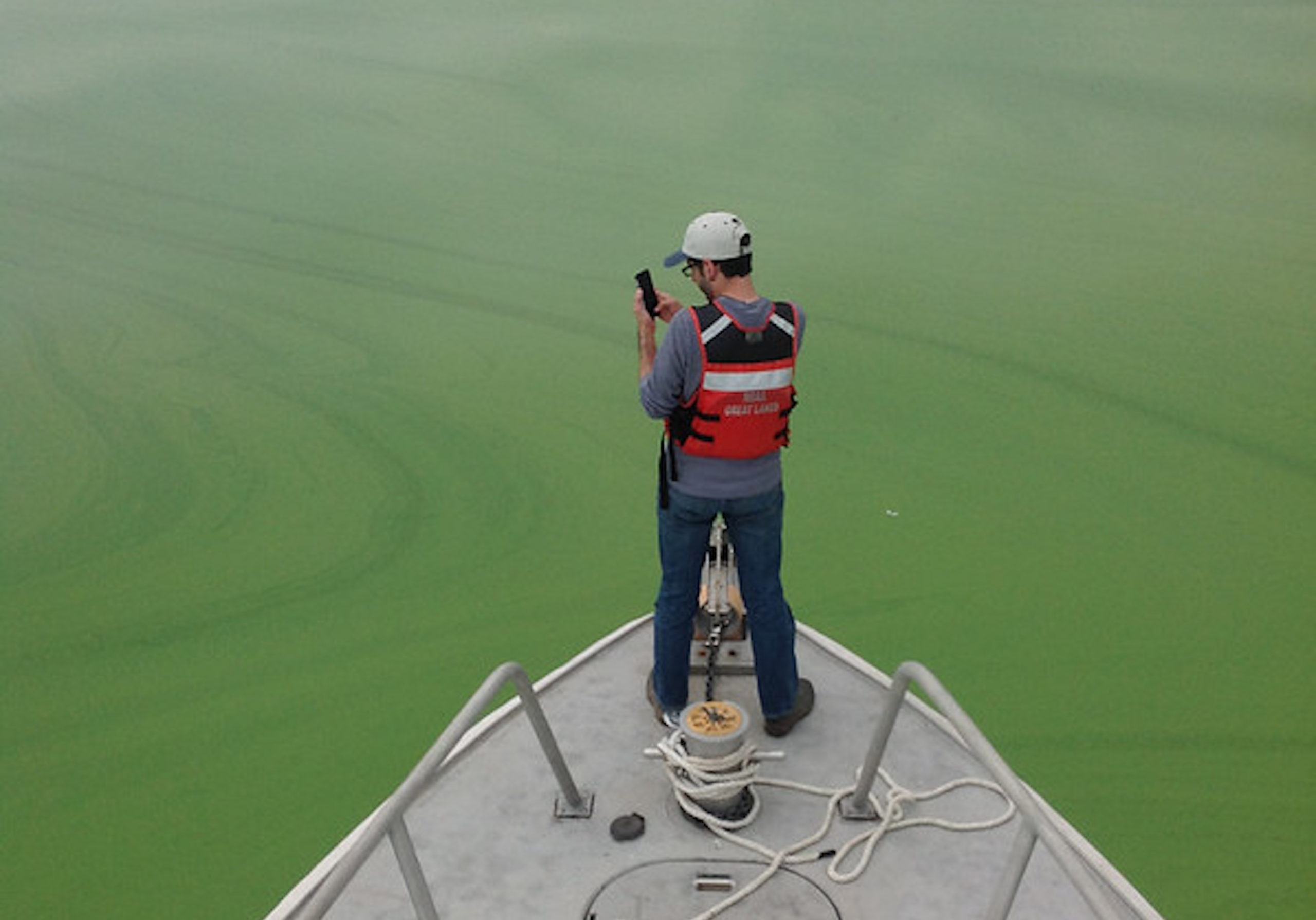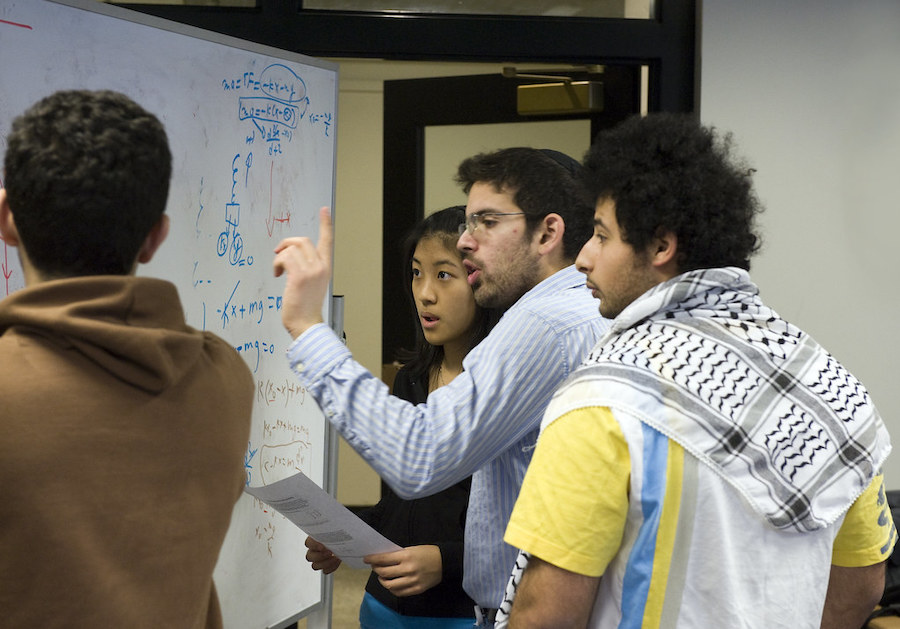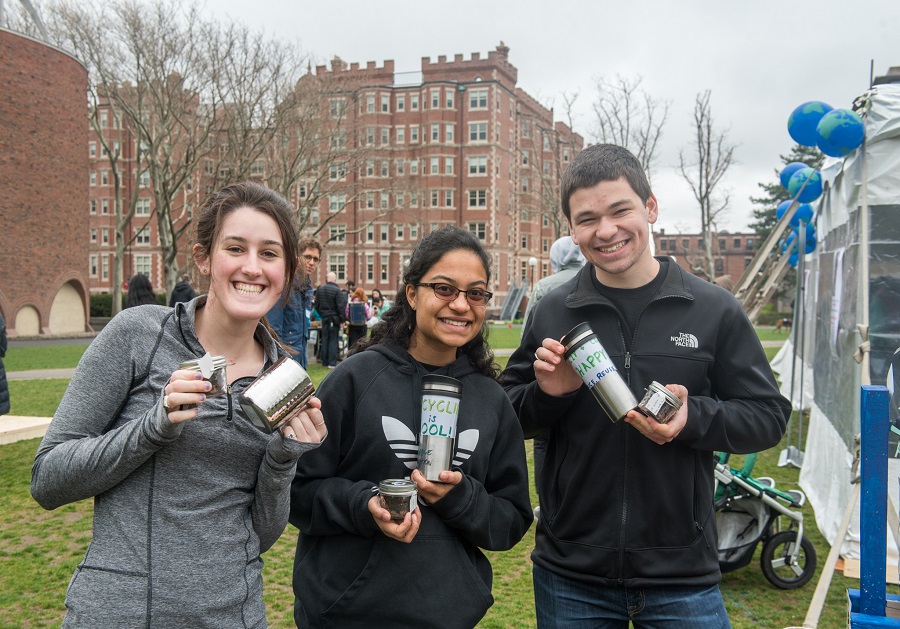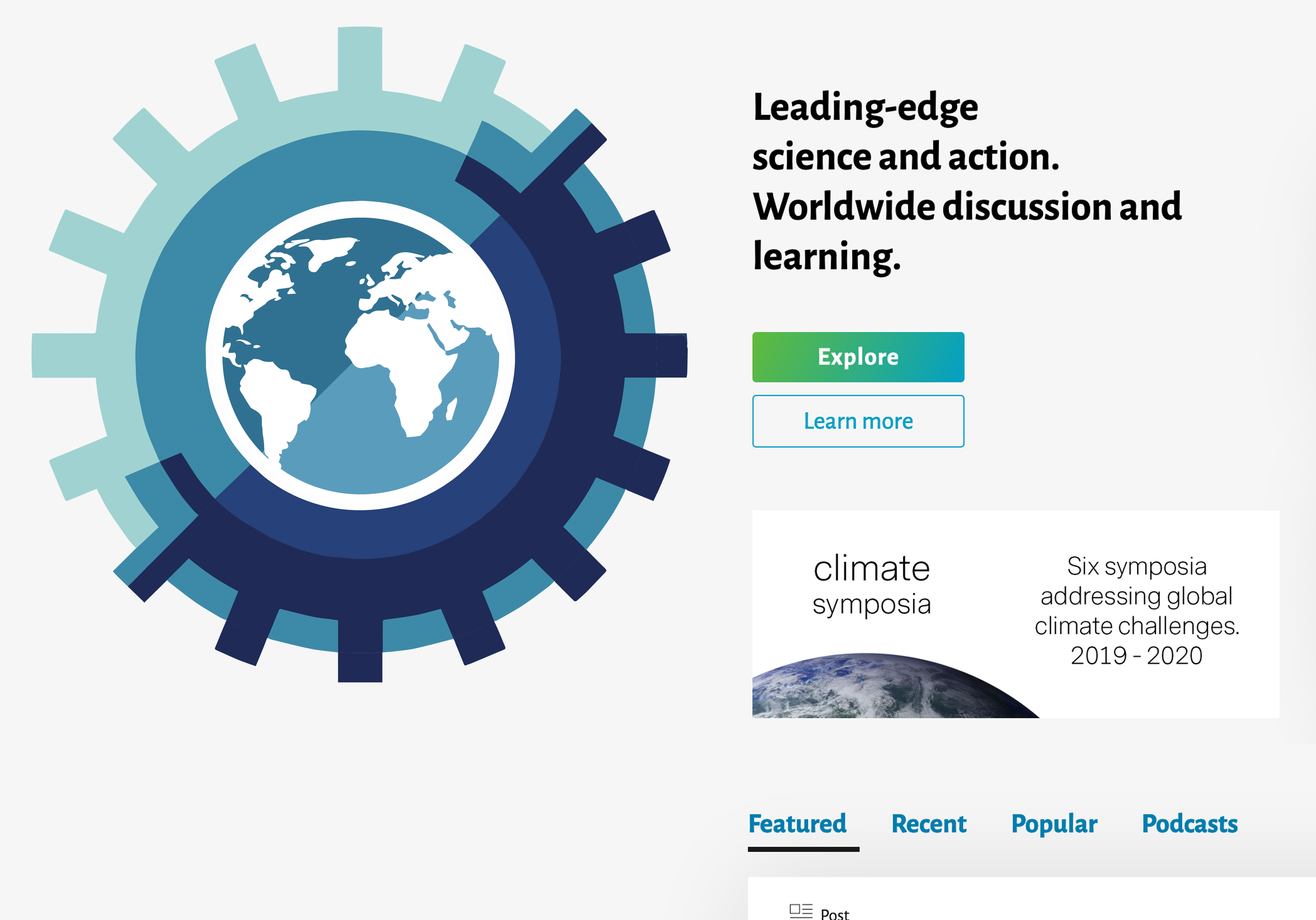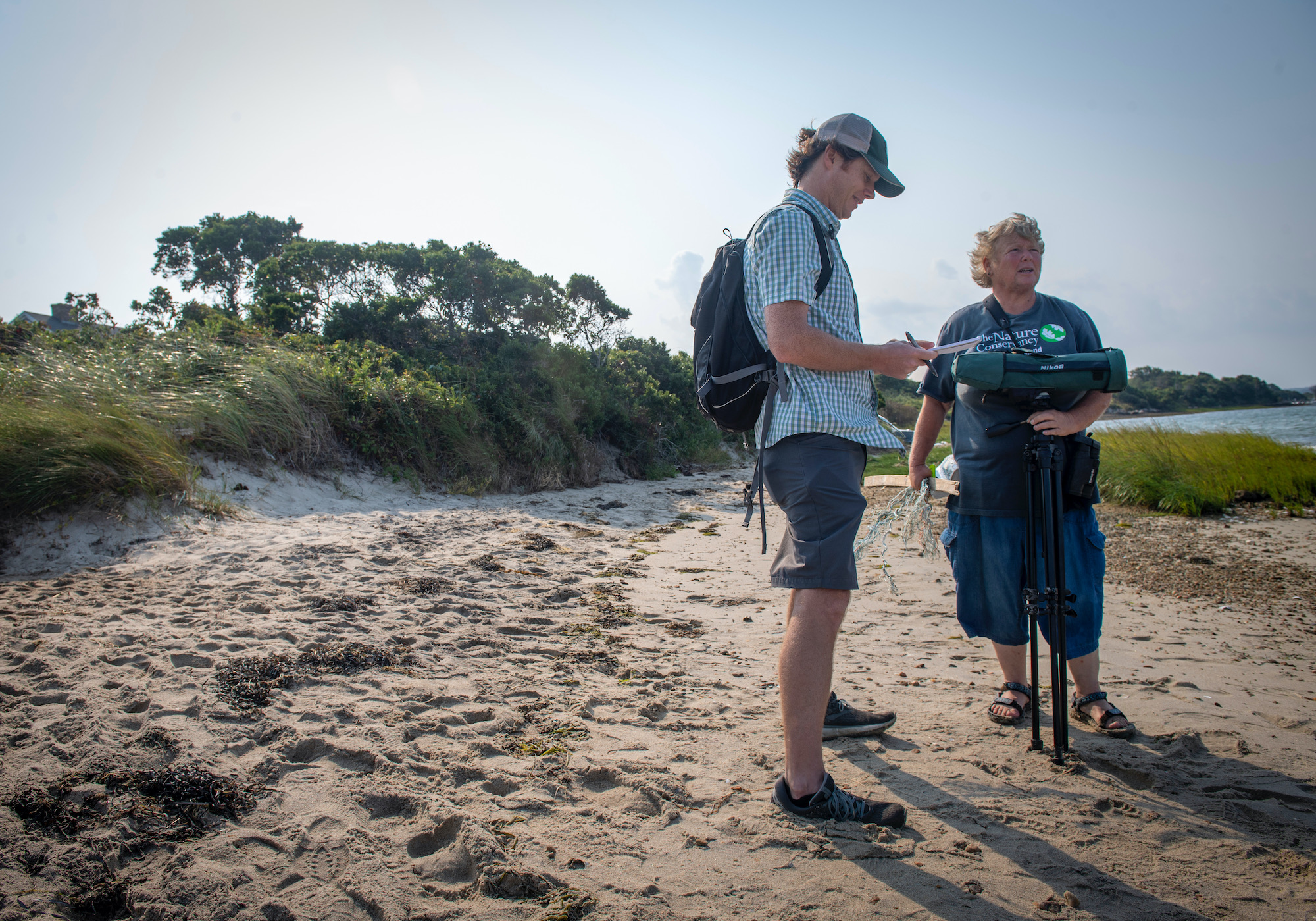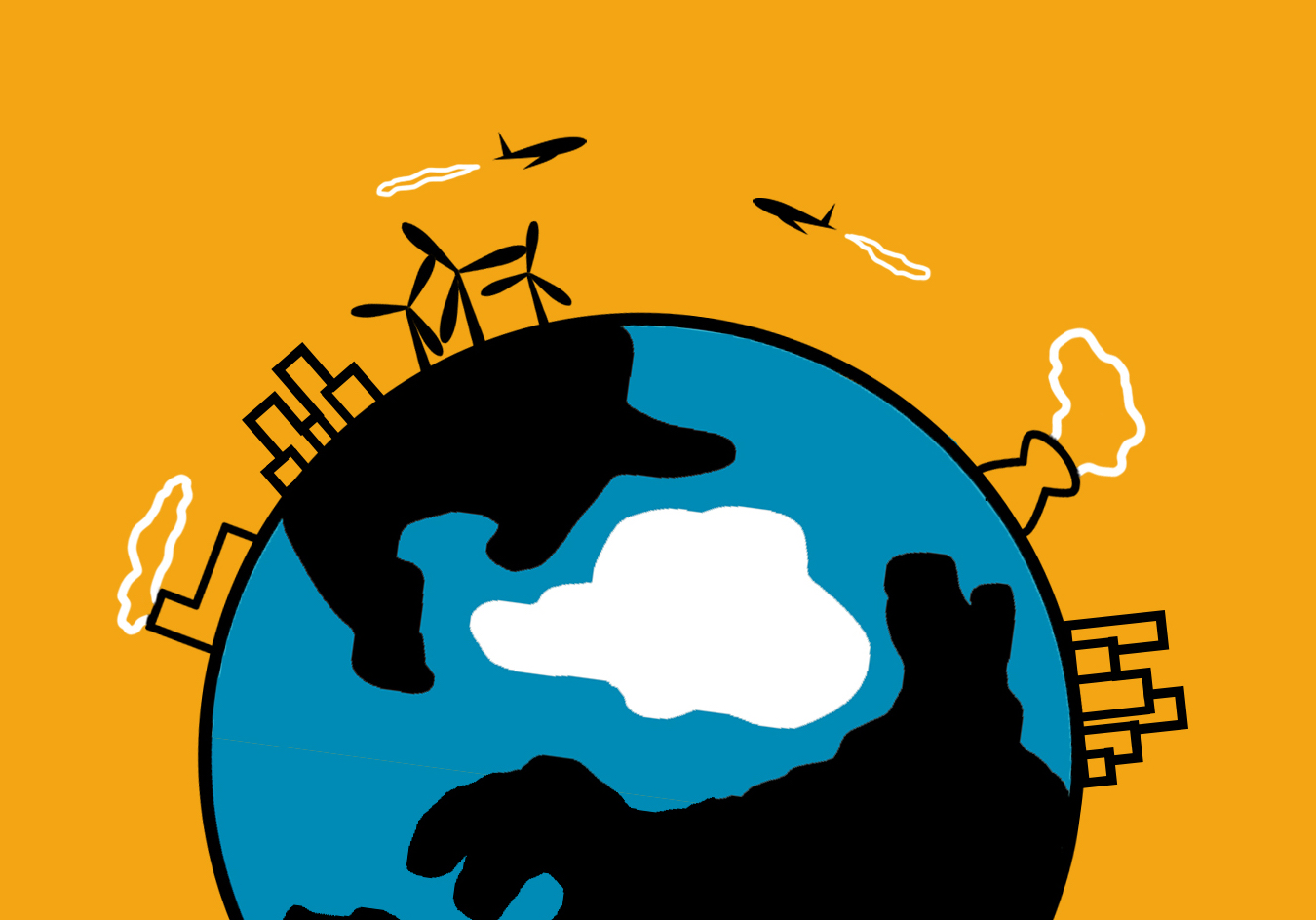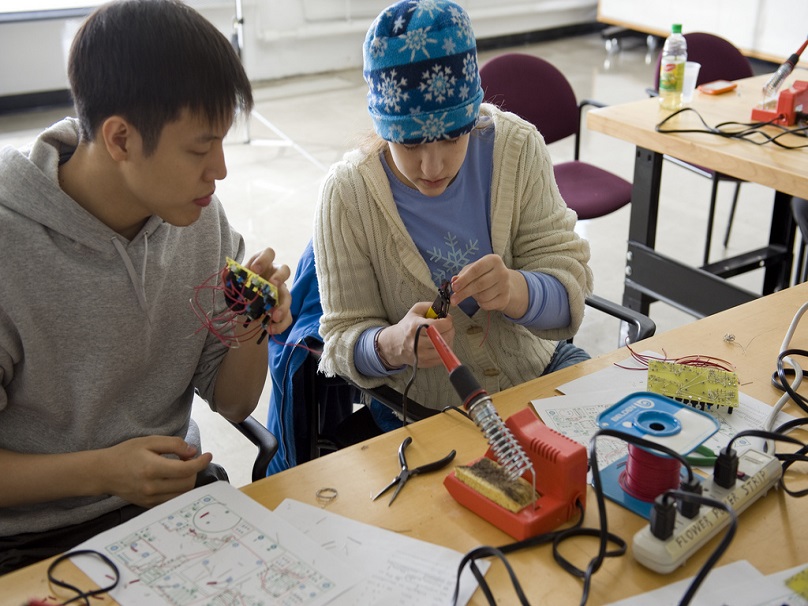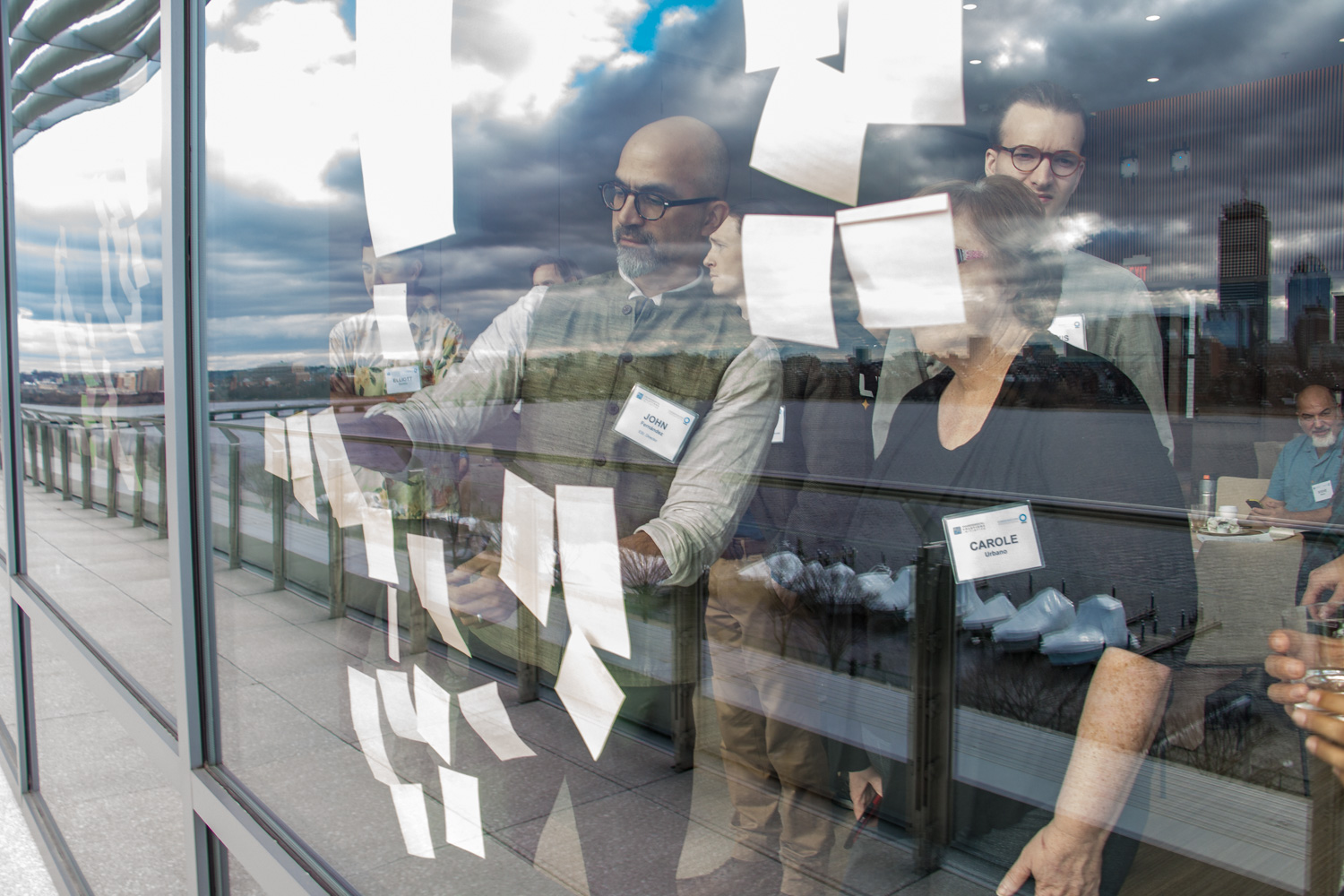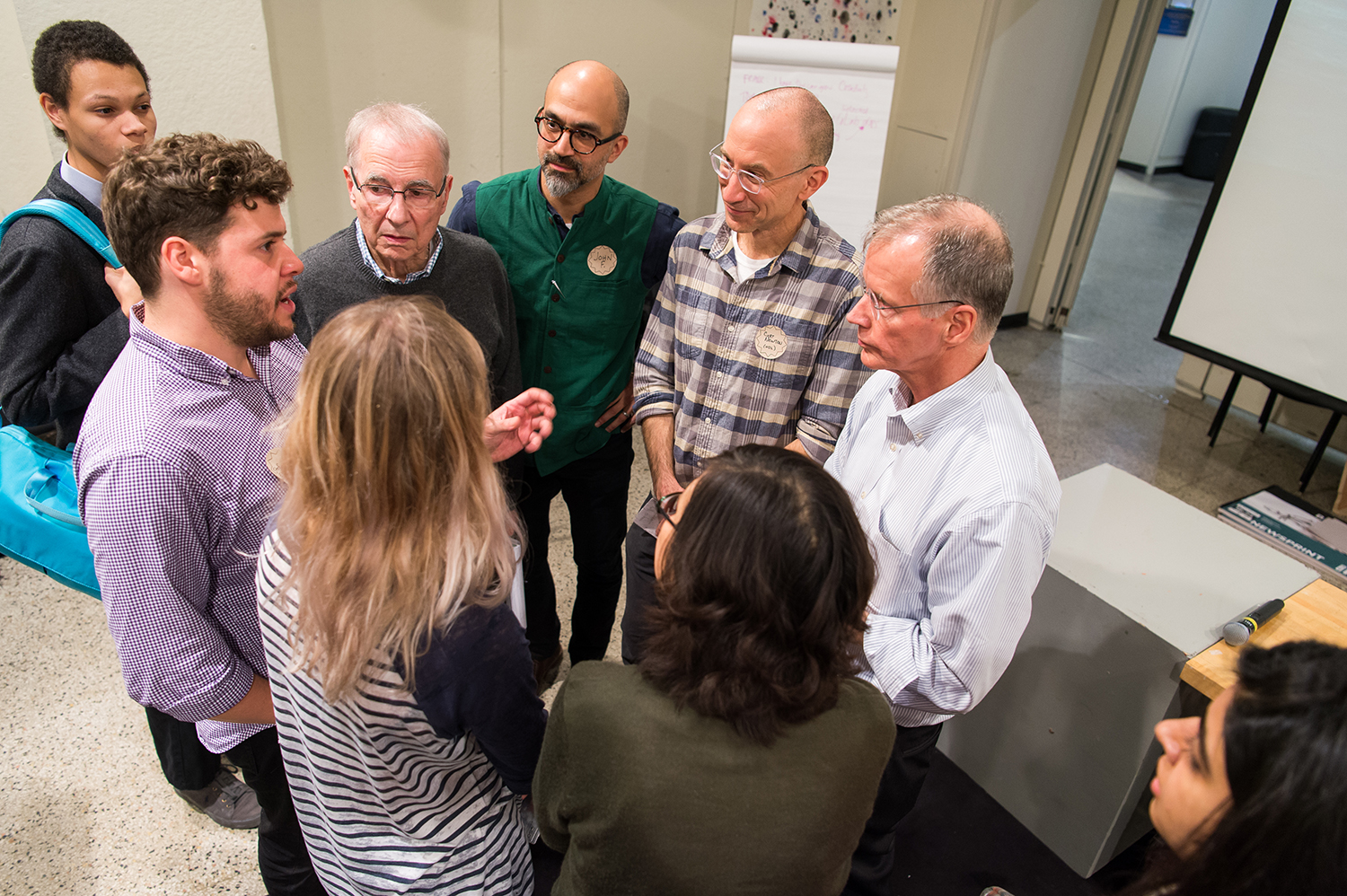Menu
Microfibers & Microplastics
Microfibers & Microplastics: A Brief Summary
CAMBRIDGE, MA – The morning of January 17th marked the start of a workshop organized by ESI and MIT Office of Corporate Relations to dive into the topic of microfibers and microplastics, an emerging area of environmental concern. The diverse group of attendees ranged from a government representative to industry leaders to faculty and graduate students: all connected to the microplastic life cycle at different stages in the process.
ESI’s Director John Fernández opened the event with a brief introduction to the rise of plastic as a major global material and the growing concern of microfiber and microplastic pollution-namely, the large quantities of microplastics that have been found in bodies of water globally and the lack of knowledge about the impact of them (microplastics are plastic pieces less than five millimeters in length,[1] and microfibers are a subcategory of microplastics that are fibrous in shape[2]).
Attendees then heard from three veterans in the field who gave context about microfibers and microplastics from the perspectives of government science, non-profit innovation, and the outdoor industry. The workshop advanced with briefings from leading MIT researchers and faculty members providing perspectives from auxiliary fields, including the emerging technologies for modern fabric design, macro to nano advances in multiscale correlative chemical imaging, and developments in airborne particulate and aerosol sensing.
The second half of the workshop identified major topics of interest, and participants gathered into correlating groups to discuss gaps in knowledge, key players, and possible future solutions. Topics included:
- Material Properties
- Degradation Pathways
- Incentives & Economics
- Sources of Microfibers & Microplastics
- Policy: Partnerships, Communities, Stakeholders, and Human Impact
- Washing & Filtration
- Technology & Attributes for Sensing
- Recycling & Waste
Across the groups, participants recognized that while research at many stages in the microplastics life cycle is growing, many knowledge gaps remain. Areas of particular interest included plastic materials science and design and product manufacturing; the technical challenges to accurately assessing the amount and concentration of plastics in the oceans, other bodies of water, and in the air; and how and at what rate larger plastic materials break down into microparticles and nanoparticles in these environments. Additionally, the majority of the discussion groups voiced the need for new standards, for example, within textile manufacturing, laundering, and other related processes to ensure sustainable production, as well as within the research community to be able to effectively compare results across different studies. Participants noted that an approach to establishing thresholds for dispersion may be more effective in prompting actions across sectors than an approach that seeks to definitively establish causal links between plastic pollution and environmental and health consequences.
 Participants expressed interest in sustaining the community launched at the workshop, as well as in scoping out specific opportunities to collaborate on research and action. Moving forward, ESI will foster multi-sectoral engagement for solutions-oriented research and activity at multiple stages in the plastics value chain via three core strategies: sustaining and expanding the workshop community, actively participating in broader networks, and pursing priority research areas.
Participants expressed interest in sustaining the community launched at the workshop, as well as in scoping out specific opportunities to collaborate on research and action. Moving forward, ESI will foster multi-sectoral engagement for solutions-oriented research and activity at multiple stages in the plastics value chain via three core strategies: sustaining and expanding the workshop community, actively participating in broader networks, and pursing priority research areas.
Prof. Fernández captured the spirit of the day when he observed in closing that, “Solution is part of our name. We are heading towards solutions.”
If you are interested in learning more about partnering with us on the ESI Plastics Program, please send an email to esi-plastics@mit.edu.
Contributed by Tess MacCurdy, ESI Programs Intern
[1] NOAA National Ocean Service, What are microplastics? (2017) https://oceanservice.noaa.gov/facts/microplastics.html
[2] Nicholas Bruce, et al, Microfiber pollution and the apparel industry (2016) http://www.esm.ucsb.edu/research/2016Group_Projects/documents/PataPlastFinalReport.pdf


